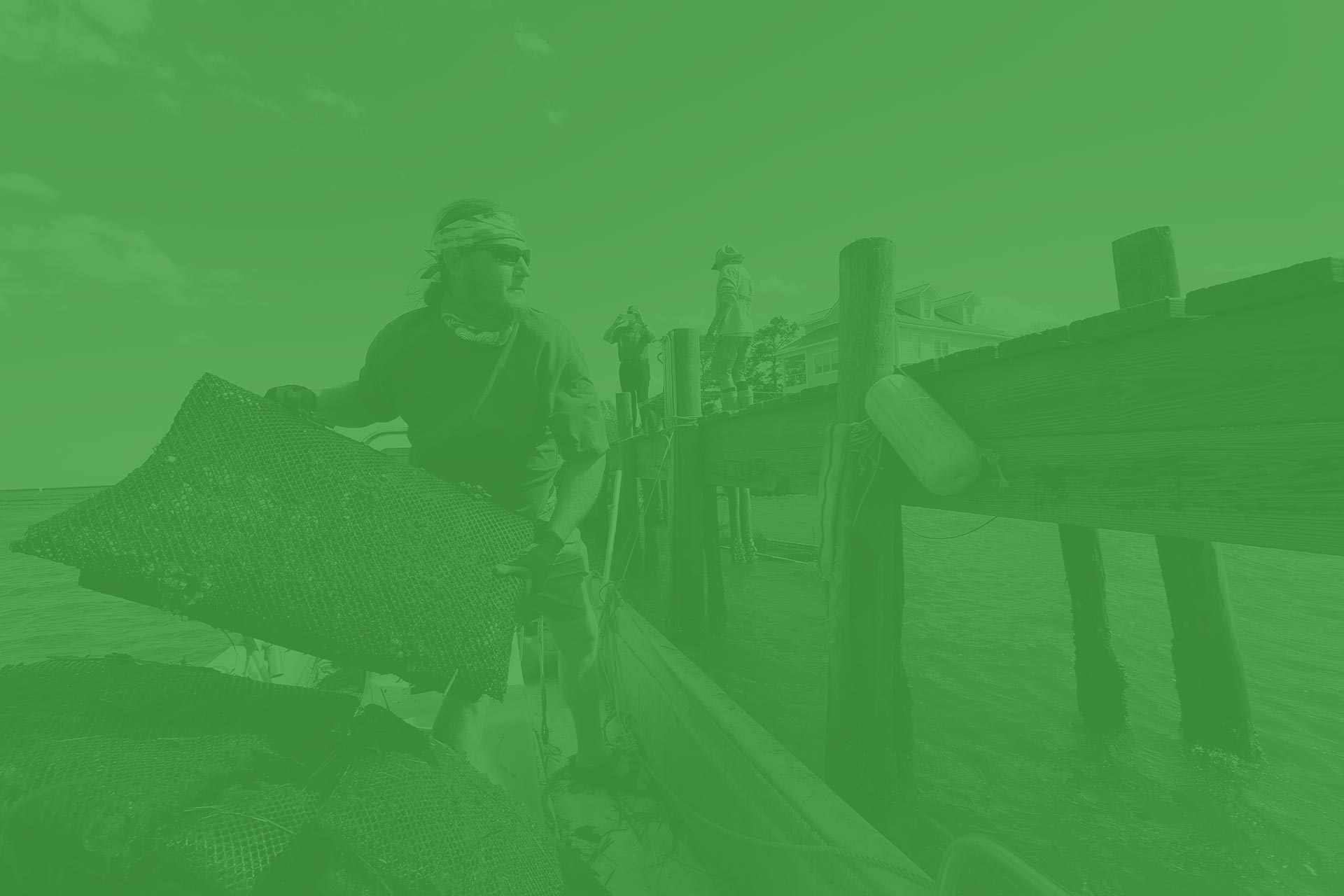Buying Fish for Dinner? Here’s What to Know Before You Go Shopping
What’s better than fresh seafood for dinner? The Chesapeake Bay’s diverse selection of fish — flounder, oysters, blue crabs, oysters and clams to name just a few — tempt even the most finicky palate.
Virginia is the nation’s third largest seafood producer, and while eating local seafood is delicious and healthy, it’s also a wonderful way to support local watermen. Keep in mind that the Chesapeake Bay yields more seafood than any of the other 840 estuaries in the nation.
We’ve got some tips to know both before you buy and after to make sure the local catch in front of you is the best it can be.
Where to buy
Rely on stores and markets with a history of providing safe sustainable seafood. Buy direct from a waterman.
How to select
Use your eyes and nose when shopping for quality seafood.
What’s so fishy? Not the freshest seafood! Seafood should smell fresh, not fishy, sour or ammonia-like. If anything, you should detect an ocean scent.
Avoid fish showing signs of discoloration. If the eyes are staring back at you, they should be clear and bulge slightly. The flesh should be firm and shiny; the gills should be bright red or pink. Fillets should be firm and elastic with no brown along the edges. Test for freshness by pressing the fish. Flesh that “springs back” is freshest. Scales should be tight to the body.
If you’re doing a lot of grocery shopping, remember, seafood is highly perishable, so make it your last item in the cart before checking out.
How much?
You can’t have too much seafood, right? The general guidelines per person advise a half-pound to 1 pound for a whole fish, 5-7 ounces for fillets, 6-8 ounces for steaks and scallops, and a half dozen for shellfish, such as oysters and clams.
Fresh or frozen?
Yes, please! Good News: The quality and safety of frozen seafood is comparable to fresh. Of course, avoid any products that show signs of freezer burn. Make sure your package isn’t torn or crushed and avoid packaging with ice crystals forming on the outside.
Be aware of the following terms:
- “Fresh frozen” indicates that the seafood was frozen while fresh.
- “Previously frozen” means the seafood was frozen and thawed for retail sale.
If seafood is purchased frozen and kept frozen, it can last a long time. Flounder lasts up to a year in the freezer while scallops are good for 9 months. White perch, sea trout, rockfish and soft-shell crabs should only be frozen up to 9 months.
If seafood is purchased fresh and then frozen at home, its shelf life is shorter. Flounder can last up to 8 months and soft-shell crabs lasts as long as 6 months. Eat scallops within 5 months; white perch, sea trout, rockfish, croaker, spot and blue crabmeat should be eaten within 4 months. Herring purchased fresh and later frozen lasts just 2 months in the freezer.
While ideally fresh seafood that is stored in the refrigerator should be eaten within a day or two, there are exceptions. Live oysters can last 7-10 days while the shucked ones can be good as long as a week. Eat blue crabmeat within a week unless it’s pasteurized (that can last up to 6 months, but eat 2-3 days after opening). Scallops can last 4 days in the refrigerator and clams, up to 3 days. Shucked clams can last as long as 5 days.
Some shellfish advice
Shells of live clams and oysters should be moist and tightly closed. Don’t purchase cracked shells. Scallops should be firm with a sweet aroma. Live blue crabs and soft-shell crabs should show some movement. Avoid any shellfish with a strong odor.
Once you’re home
Don’t buy seafood and forget about it for a week. Most seafood you wan to consume within two days of purchase. Take note of the “use-by” date on the package.
Wrap your seafood purchase in plastic wrap, place it in a plastic bag and cover with ice. Replenish ice regularly. If you’ve purchased live shellfish, place it in a shallow container that isn’t airtight. Line it with moistened paper towels. If you see an open shell, tap it. It should close. If not, discard. Store cooked crabmeat in a moisture-proof bag or airtight container.
Make sure you keep your seafood in the coldest part of the refrigerator, ideally a “meat keeper.”
If you’re not planning to eat it within two days, freeze the package in a bag or wrap tightly to avoid freezer burn.
Local, local
The freshest and most delicious seafood is in Virginia. No need to look anywhere else!

